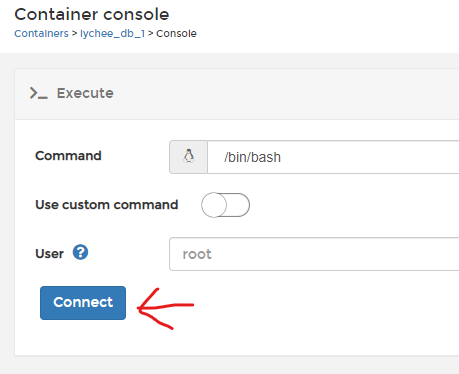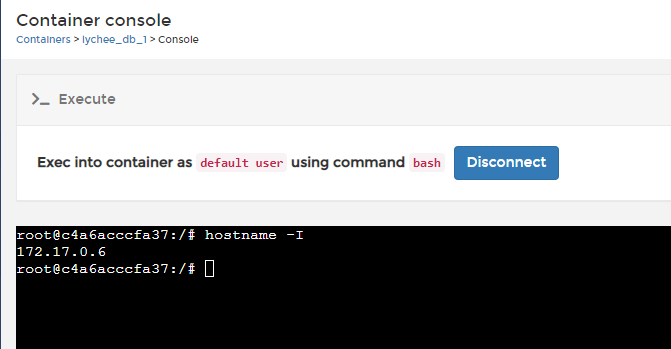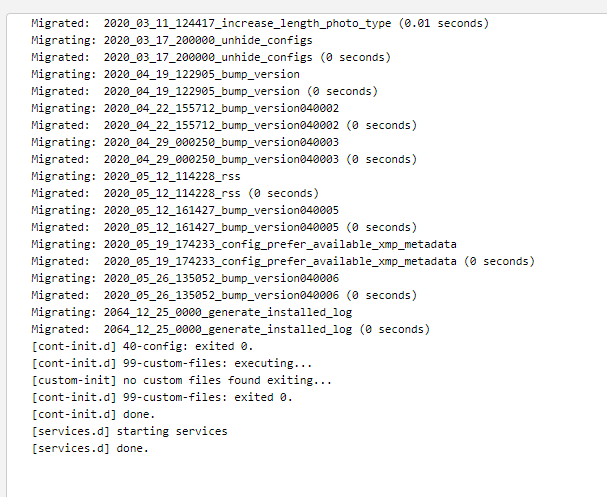In this post we’ll look at installing Lychee on your Docker setup!
Lychee is a free photo-management tool, which runs on your server or web-space. Installing is a matter of seconds. Upload, manage and share photos like from a native application. Lychee comes with everything you need and all your photos are stored securely.
We’re going to use a Docker Compose from LinuxServer.io but we’re going to have to modify it a bit to make it work as LinuxServer didn’t include a database in their setup.
First, you’ll need to login to your server (I’m using OpenMediaVault) and make sure you have a folder for your configuration files as well as a folder for your photos.
Once you have that, you can go to your Portainer dashboard and paste in the following:
https://gist.github.com/dnburgess/819a261646f51581b4130c1a5419ec99
For some reason this stack isn’t embedding correctly from Github, so please click the “view raw” link at the bottom of the stack to get the correct formatting.
You’ll need to make a few changes to this:
- PUID
- PGID
- TZ
- DB_HOST
- Volumes
Note: This database will not work on Arm processors. If you want this to work on an Arm device, you’ll need to change the database image to be this:
- image: yobasystems/alpine-mariadb:latest
The only way we can get the DB_HOST variable is by deploying the container and then going to the database’s Container Console

and connecting as root.

Once you’ve done that, you should see a black screen. On that screen, type the following:
hostname -I
And you should see something like this:

You’ll put the resulting IP Address (172.17.0.6 in my case) as the DB_HOST.
Once you have all that, you can then press the “Deploy Container” button. Once the containers have been deployed, check the Application (not the database) logs and make sure they look similar to this:

If you see the “[services.d] done” at the end, then you can go to http://your-server-address:8124 and you should see the dashboard to create an account. Do that and then login with the account you created.
Now it’s as simple as just dragging and dropping images from your computer to the dashboard screen in your browser.
OpenMediaVault Tutorials
If you’re interested in other tutorials for your home server, check here: https://dbtechreviews.com/category/openmediavault/
/=========================================/
Like what I do? Want to be generous and help support my channel?
Here are some ways to support:
Patreon: https://dbte.ch/patreon
Ko-fi: https://dbte.ch/kofi
/=========================================/
Remember to leave a like on this video and subscribe if you want to see more!
/=========================================/
Follow Me:
Twitter: https://dbte.ch/tw
Facebook: https://dbte.ch/fb
Subscribe: https://dbte.ch/ytsub

